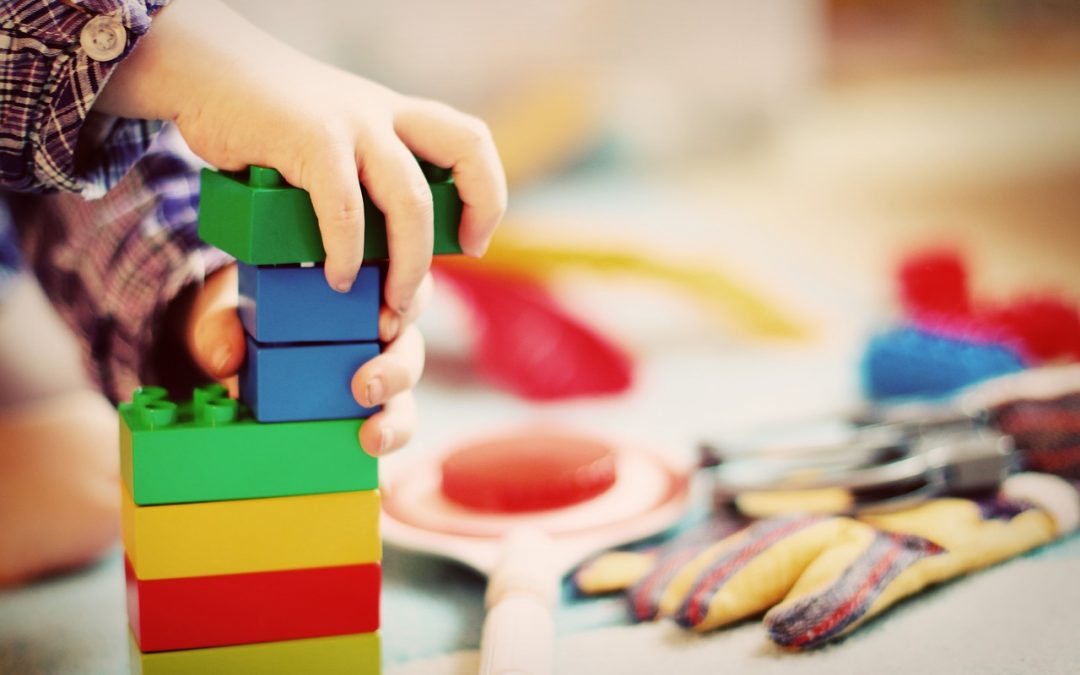What is Autism Spectrum Disorder?
It is a developmental disability that impairs communication. The symptoms can range from mild to very severe.
What are the signs and symptoms?
1. At 6 months there is few or no smile, limited or no eye contact
2. At 9 months little back and forth interaction (facial expressions or sounds)
3. At 12 months little or no - babbling, waving or reaching object, response to name call
4. At 16 months few or no words spoken
5. At 24 months few or no meaningful words with 2 phrases
General characteristics:
1. Poor eye contact
2. Very restricted Social interaction
3. Repetitive behaviour
4. Echolalia (repetition of word or phrases)
5. Inability to understand emotions
6. Restricted interest
Things that you should know about play therapy:
Children with autism have different patterns of playing and exhibit dissimilarities as compared to normal kids during play time.
Children with autism spectrum disorder have a hard time expressing themselves, so they express themselves by during these play sessions where their actions speak up.
Play therapy is something that really matters for children with ASD(autism spectrum disorder)as it increases the language and communication skills and it allows them to learn and interact with other people, both children and adults, in a way that they themselves can understand.
Floor-time
One of the types of play therapy is floor-time.
Floor time is something where a therapist, parent, or instructor sits on the floor with the child and engages in play with the child in whatever way the child is interested.
The major role is to introduce the language while in the play so as to first create an appeal with the child according to child’s interest and slowly engage with the child, introduce new elements of the game.
Most children who receive 25 hours of Floor time therapy a week for two years or longer progress in all areas of growth, according to studies.
Integrated Play Groups (IPG)
By involving in IPG it increase pretend play where their social skills get improved as it involves peers in the play.
IPG is place that includes playtime both with other children with and without them, as per the variation in therapy.
The duration of the therapy is 3 hours per week.
Children with ASD who attended two 30- minute IPG sessions a week for four months increased their play efficiency, used their toys in more normal ways, and had better social interactions with their peers.
Joint Attention Symbolic Play Engagement and Regulation (JASPER)
One-on-one sessions with a therapist are part of the JASPER therapy programme.
The duration of this therapy is 25 hours per week . This programme is offered in preschool settings for children with ASD.
This focuses on shared attention skills, in which the child concentrates on both the game and the individual at the same time, thereby improving play and interaction.
It also encourages your child to converse and participate in more pretend play with others, enhancing social skills. Within a few weeks, you will find that your child has acquired new skills.
Is speech therapist important for children with autism?
All children with autism spectrum disorder have difficulty in communication. But not all children with communication challenges have autism.
A speech therapist investigates the communication disorder of a child with autism and determine s what can be done to strengthen the areas where they are lacking in communication and provide s methods to improve their overall comprehensive and communicative skills in various setting such as home, school and work.
Remember early diagnosis and intervention provide good results in child’s language development.
Some strategies for language development in children with autism
1. Encouraging your child to play will help your child develop social skills and improve his or her language including body language and verbal language.
2. Place yourself in front of the child during the interaction and maintain consistent eye contact.
3. Imitating your child's sound and play behaviour encourages vocalization, promotes good engagement, and aids in turn-taking, so imitating is really important in the play.
4. Simplify your language while talking to your child as it is easy to imitate the speech for your child to speak. If your child is non-verbal try to speak in a single word or even two not more than that.
5. For non-verbal communication, gestures and eye-contact form a strong foundation of language. Encourage your child by modeling and responding to these behaviors. Exaggerate your gestures. Use both body and voice while communicating with your child.
6. Leave some space for your child to respond. It’s important to allow your child to talk even if he or she is not responding. Look for body language or sound and respond promptly.
Written By - Pratthiksha shree A
Edited By - Tushna Choksey





.JPG)




0 Comments